Whole villages of houses, trees, paths and bridges drew one's vision to the near infrared of campfires as evening changed into night during thousands of years of time.
China is often interpreted as red, and has what is called in English, a ruddy aspect. One can even see it when looking at Chinese cities on Google Maps Satellite. The implication is that China conceives itself in the INFRARED. Just what part of the spectrum that is will require gentlemanly, polite, courteous, civil scrutiny by specialists in color perception, atomic spectra, and probably several other distinct fields.
It is well known as possible, to train one's eyes to see a shade more deeply in both the ultraviolet and the infrared edges of the visible spectrum; on inquiring of others, they concur. In practice, few persons strain to see every perceptible wavelength clearly. That leaves a region of the spectrum which is still within, on the infrared edge from 700 millimicron to 800, less than twice the wavelength of the 400 mmu ultraviolet limit. While both limits are fuzzy, the violet edge is more sharply bounded. An attractive goal is development of LED's that are bright in the 700-720 millimicron near infrared part of the spectrum, just beyond the edge of the conventionally visible.
As one gradually sees the shapes of a room and its furnishings in the near infrared, the Chinese concept becomes more explicable and common-sense.
Both infrared and ultraviolet regions of the spectrum are hot political issues ancient in both government and religion. Many different animals see in the infrared or ultraviolet, and different plants are responsive to those wavelengths as well. One wonders what Unicorns see.
It would be well worth the time and money to determine just how far into the infrared people perceive-and conceive-their environments and of course, themselves, each other, and foreign groups.
A suspicion is that even if people do not actually see in the infrared, they may have evolved a concept of their world, or at least perhaps its durable forms and structures, through interpretation of heat radiation during centuries or thousands of years of time.
Different social groups may see more or less clearly at 730 or 750 millimicrons than is commonly assumed. During hostilities, it would be stupid to allow others to know one can see in the infrared. In peacekeeping, it might be well to find out.
One harmless test would be to ask volunteers to traverse a maze that is illuminated with infrared light, and account the time required, at different wavelengths of infrared for them to find the exit. This could be entertainment at a carnival.
Might save some bloodshed. It is in the ultraviolet and infrared that many fears are hatched.
Subscribe to:
Post Comments (Atom)

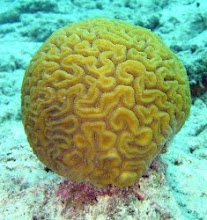
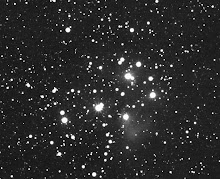
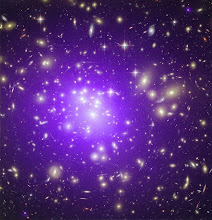
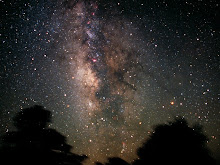
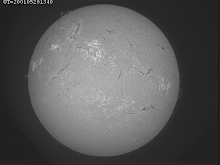

No comments:
Post a Comment